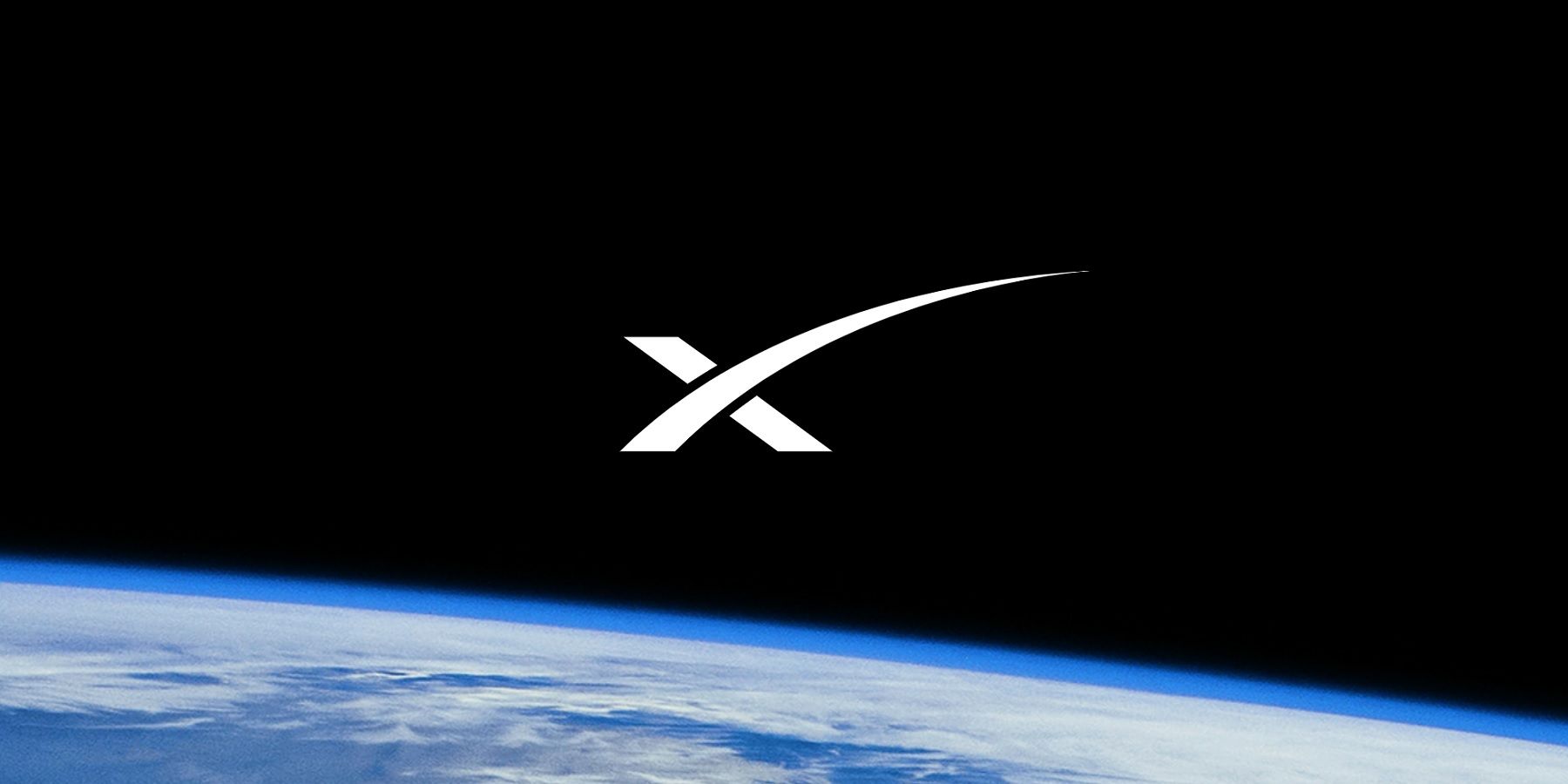During a virtual interview at Mobile World Congress 2021, Elon Musk stated SpaceX’s Starlink will be available globally (excluding the North and South Poles) by August. The service, which is only available in a limited capacity as of right now, will be able to reach even the most sparsely populated areas within the next couple of months. Currently, only about twelve countries have access, but Musk says “more are being added every month.”
Starlink is built on the primary idea that people who don’t have access to high-speed internet should, and Musk sees no reason why even the most sparsely populated areas can’t have access. Previously, the only way for people who live in remote locations to get internet access was through the existing broadband internet companies. Notoriously tough, they can be expensive and can still result in slower than expected speeds. Starlink aims to remedy this by offering moderate-to-high speed internet for $99 per month, after purchasing what is essentially a starter pack (the satellite dish and equipment) for $499. This price is definitely steep, but given the competition’s pricing for slower speeds than what Starlink is promising, the service has a real chance of disrupting the broadband internet market.
Currently, around 70,000 active users have signed on, which is 60,000 more users since February. As reported by CNET, Musk believes Starlink is on course to having a “few hundred thousand users” within the next 12 months. Keep in mind that Starlink isn’t intended for everyone. Those who have a stable connection in a well-populated area would, under normal circumstances, have no need for Starlink’s service. While the service is still in beta, it’s growing quite rapidly, gaining a lot of traction from users in rural areas. Even though it should be available in August worldwide, it would be safe to assume that the broadband internet provider will still be improving its framework.
What Makes Starlink Special

The Starlink satellite network is based on low-orbit satellites. Compared to other broadband providers, this improves on a couple of functionalities. First of all, it provides lower latency. It also allows for faster speeds and connections, even allowing the possibility of playing competitive gaming through Starlink’s system. In beta, Starlink claims that users can expect to see speeds anywhere from 50 Mbps to 150 Mbps, which isn’t that bad and surely a step up for those who don’t have access to reliable internet. Of course, in SpaceX fashion, hopes are high for Starlink once it leaves beta. The goal then will be to reach 10 Gbps download speeds and under 20 millisecond latency time. Musk notes that the company’s advancement in low-latency technology has allowed it to partner with undisclosed cellular providers to aggregate traffic to the internet from its base stations, since the latency in the Starlink system and that used in ground-based fiber and 5G is so similar.
The biggest problem with Starlink is the entry price. The $499 starter pack is by no means cheap and the current speeds might not be viable for everyone. However, once speeds improve and latency is enhanced, then the $99 per month might be a small price to pay for those who need it. Musk also mentioned that Starlink is looking to bring the price of the satellite and equipment down. Right now, it costs Starlink $1,300 a pack and while the company only charges $499, the hope is to bring the cost down to around $250. Though still not cheap, it lessens the sting of the original price.
As fast as Starlink is being worked on and improved, it’s safe to assume that the goal of being available worldwide isn’t such a pipe dream any longer. Musk’s broadband system has improved by a large margin within the last few months and looks likely to keep doing so. Broadband internet providers come and go, but with advancements in broadband technology, SpaceX’s Starlink could stick around for a while.




